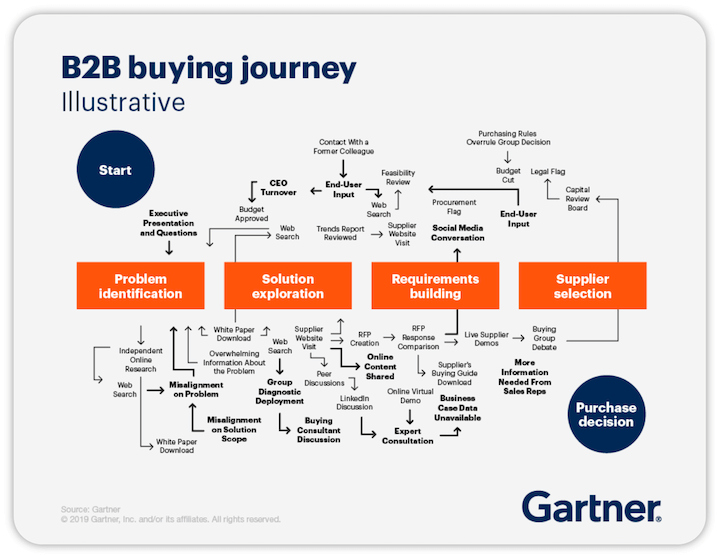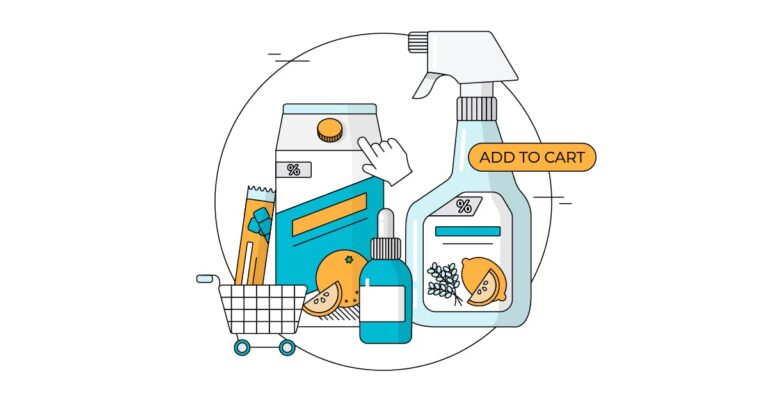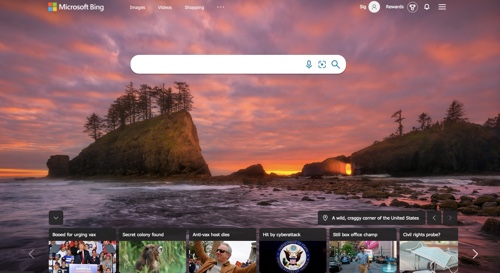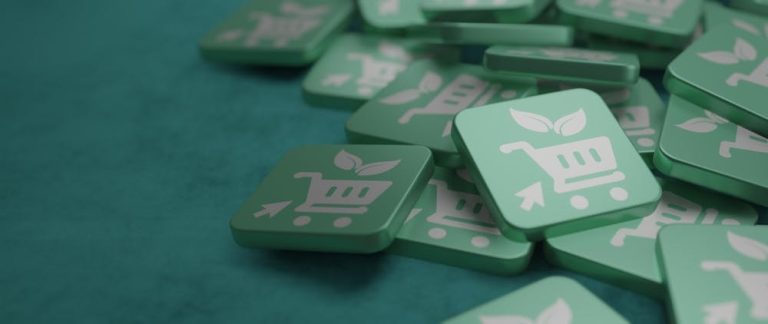“Today’s brands are keenly aware they must diversify their messaging away from more traditional media like television, print, and radio in favor of newer more targeted ad formats like DAA. With ever more relevant ad formats and targeting methods, it is proving to be an excellent way to reach a captive audience on high-engagement platforms.”
– Carly Fipps, Programmatic Senior Specialist at Tinuiti Brands can use Spotify’s first-party data to reach listeners during very specific moods or activities — all based on the music that they’re engaging with.
Jump to a section:
What is Digital Audio Advertising?
Have you ever tuned into your favorite podcast and heard the host seamlessly start talking about a service or product they enjoy? That’s just one example of digital audio advertising. There are a variety of ad format options to choose from to engage your target audience – but more on that later.
In addition to effectively reaching an incredibly wide audience, Spotify also collects data from its users that marketers can leverage to inform their targeting decisions.
Source: Spotify
Whenever a user listens to a song, queues a playlist, or creates their own playlist — they are telegraphing something about themselves:
As we previously covered, there are a variety of ad formats to explore within Spotify’s Ad Studio. With this tool, you have the power to create ads that match your campaign objectives. Whether you’re looking to set up video ads, podcast ads, or audio ads, Ad Studio can help you each step of the way. Within Ad Studio, you are able to create an ad from scratch by utilizing their music library filled with licensed selections, voiceover actors, and more.
No matter the campaign you’re running, it’s incredibly important to test and learn from the performance of your ads. You’ll want to take a deeper look into your ad metrics to ensure you’re meeting or exceeding your KPIs (Key Performance Indicators) to see if tweaks need to be made. As we’ve previously covered, Spotify has a wide range of ad types for advertisers to utilize. If one ad type isn’t meeting your intended goals, be open to testing and trying out new methods.
Source: Spotify Spotify Ads has expanded into a variety of different ad units:
Prices depend on the length of the campaign, ad formats used, your country, the targeted audience, and the demand from competing advertisers. Spotify’s website states that the minimum cost is just 0 to get started for those using the self-serve platform, Ad Studio. For those with higher budgets, Spotify offers custom offerings that align with specific advertising goals.
Editor’s Note: This post was originally published by Greg Swan in May 2018 and has been updated for freshness, accuracy, and comprehensiveness.
What action are you trying to get listeners to take? Ads on Spotify are on the shorter side so by including a strong CTA (ie: “Buy Now”), you’re allowing users to easily and quickly complete the intended action. Including a clear CTA within your ad is crucial – don’t forget it!
Build strong messaging
These include:
Source: Spotify
The Advantages of Spotify Ads
Source: Spotify
Spotify’s First-Party Data Advantage
Source: Spotify
3. Start creating your ads
Source: Spotify
4. Measure performance
Source: Spotify
What do Spotify Ads cost?
Spotify Ads is also the largest digital audio advertising platform — giving marketers and brands a direct line into the ears of millions of ad-supported listeners.
Spotify Ads Best Practices
If you’re interested in learning more about Spotify advertising, streaming audio, or how Tinuiti can help your business, contact us today.
As an added bonus, Spotify reports that “when compared to multi-format campaigns, audio-only campaigns tend to drive more foot traffic to stores at a more efficient cost per visit.”
Josh Brisco believes that Spotify’s advertising platform will only become more powerful in the future.
With a valuation of over billion, strong year-over-year growth in active users, with no signs of slowing down — Spotify has a bright future ahead.
Now all brands have that same opportunity with today’s leading music streaming platform.
-Josh Brisco, VP of Growth Media at Tinuiti
- Layering Spotify 1st party data within a PMP Deal ID (Target specific genres, playlists, interests, and demographic traits based on their streaming intelligence data)
- Layering 3rd Party audiences within the DSP. (Just remember – Broad = Better scale)
But there was another factor, other than just increased popularity, that undoubtedly changed recent trends and behaviors in the audio space – a global pandemic. Spotify saw their listeners develop new habits during this time period. They saw a heightened interest in podcasts, playlists, and various artists. In their 2020 Wrapped for Advertisers report, Spotify noted that weekday streaming behavior looked more like what they would expect on a weekend as more people turned to audio as a way to relax and unwind.
Spotify went public in 2008 in a market crowded with rival music services. The music streaming app has shattered expectations by reaching over 365 million monthly users, including 165 million subscribers, across 178 markets. It is now the world’s most popular audio streaming subscription service.
Not looking to manage ads yourself?
Source: Spotify
During this time period, the platform reported that they saw a 108% increase of total monthly active users who listened to podcasts when comparing months YoY, and 72% of users listened to more streaming audio during COVID to embrace more screenless moments in a world that was seriously screen fatigued.
Spotify is based on a freemium model — where all users can have unlimited, free access supported by 15 and 30-second ad breaks. However, users can opt to pay for a premium account for an ad-free listening experience. The great majority of Spotify’s listeners opt for the ad-supported version.
“With millions of ad-supported listeners world-wide and robust targeting capabilities, it is a fantastic way to get in front of a desired audience. Its continued user growth and investment in its ad units, capabilities, and overall product make it one to watch.”
Some marketers have been slow to leverage this new medium of advertising, but maybe now it’s time to pay attention as time spent in these ad units is increasing. Spotify offers marketers many unique advantages that can be leveraged to reach millions of tuned-in listeners across the globe.






